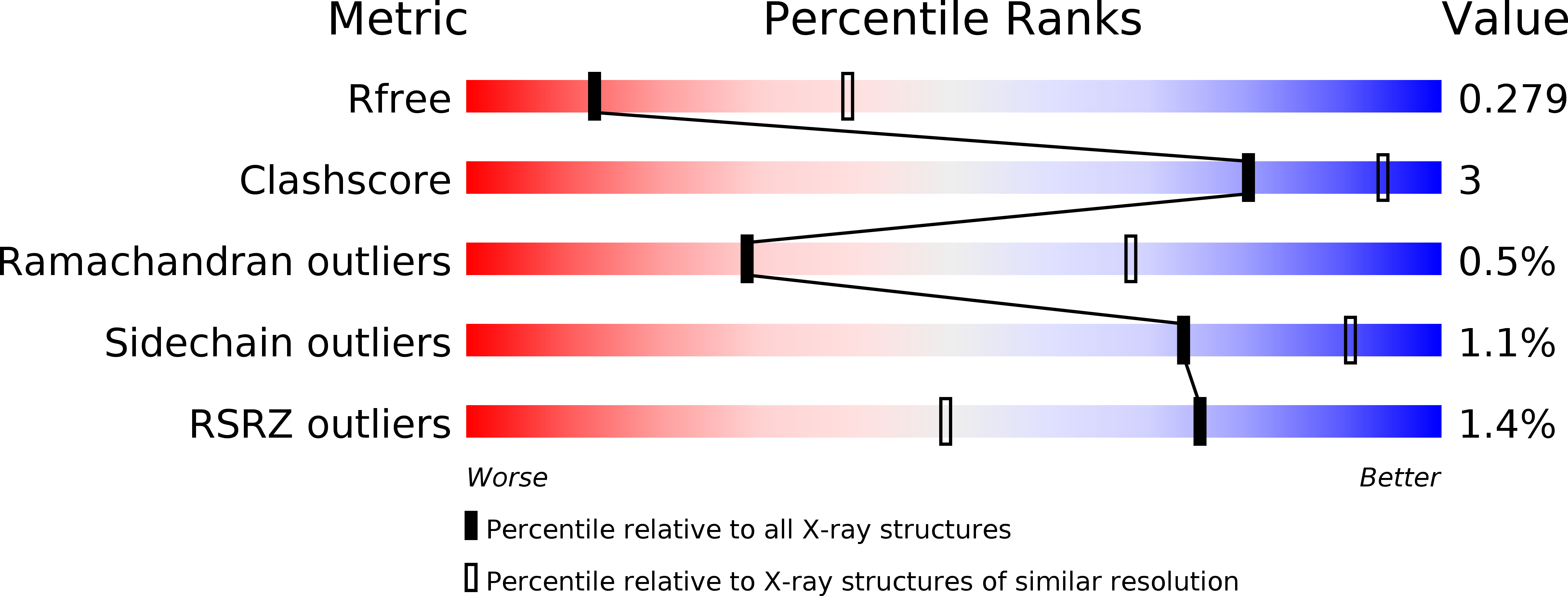
Deposition Date
2017-03-28
Release Date
2018-02-07
Last Version Date
2023-11-22
Entry Detail
PDB ID:
5XDM
Keywords:
Title:
Structure of the C-terminal domain of E. coli MinC at 3.0 angstrom resolution
Biological Source:
Source Organism:
Escherichia coli K-12 (Taxon ID: 83333)
Host Organism:
Method Details:
Experimental Method:
Resolution:
3.00 Å
R-Value Free:
0.27
R-Value Work:
0.22
R-Value Observed:
0.23
Space Group:
P 43 2 2


